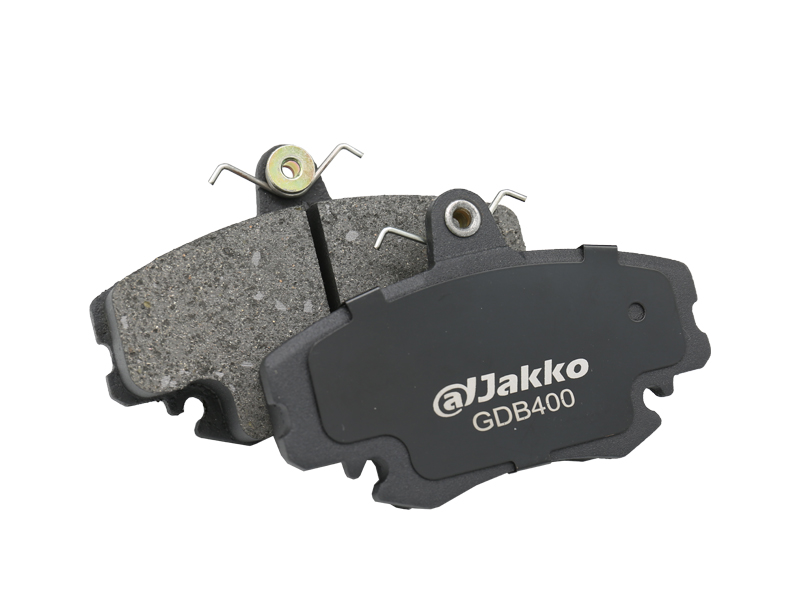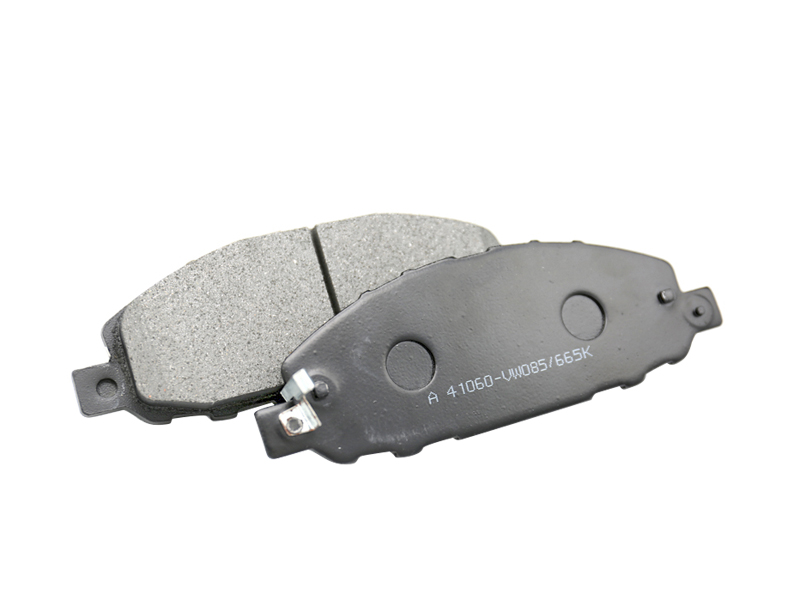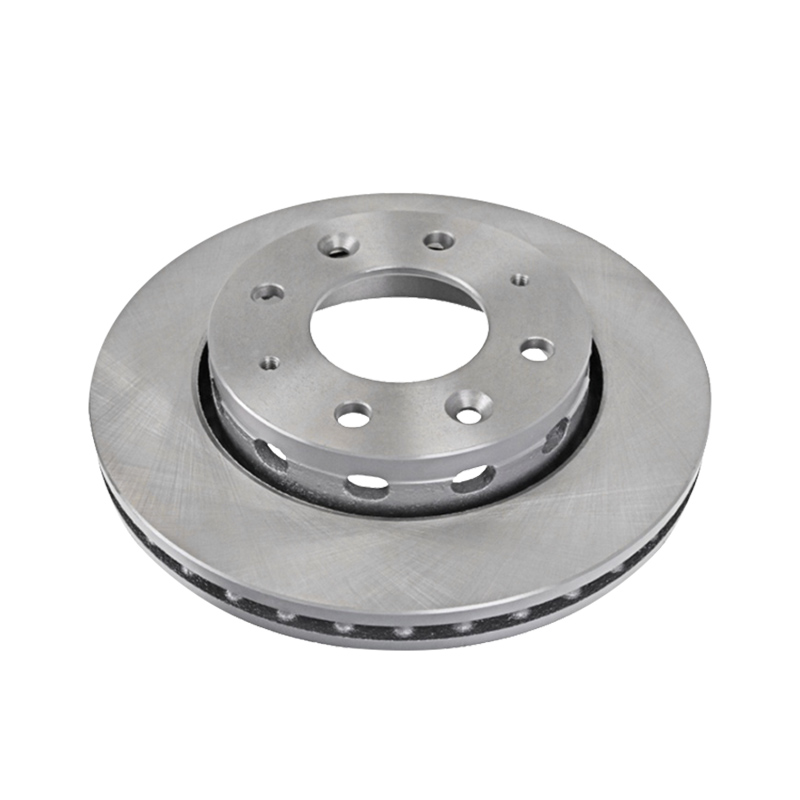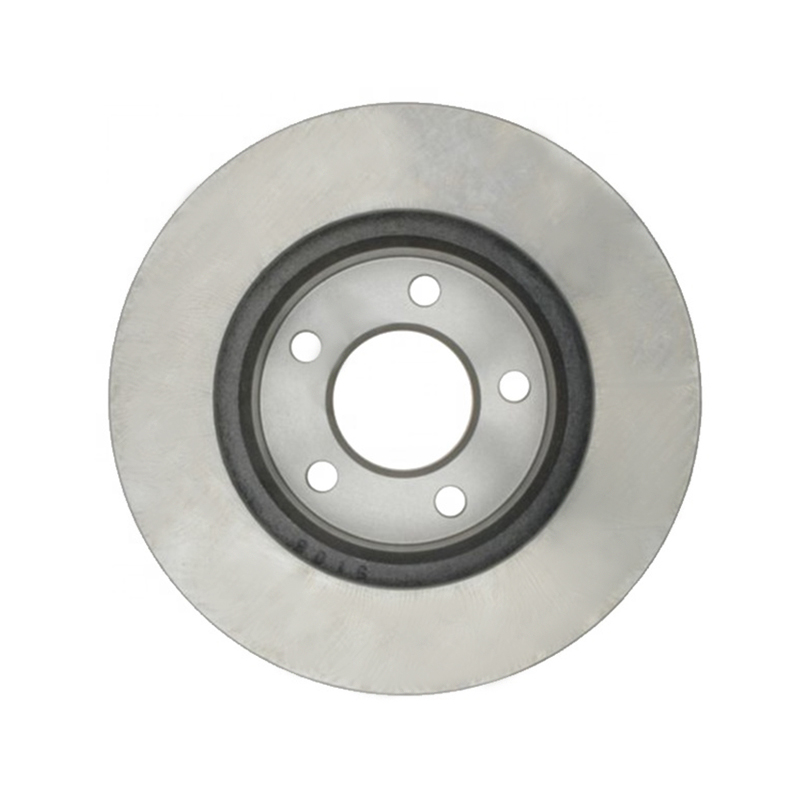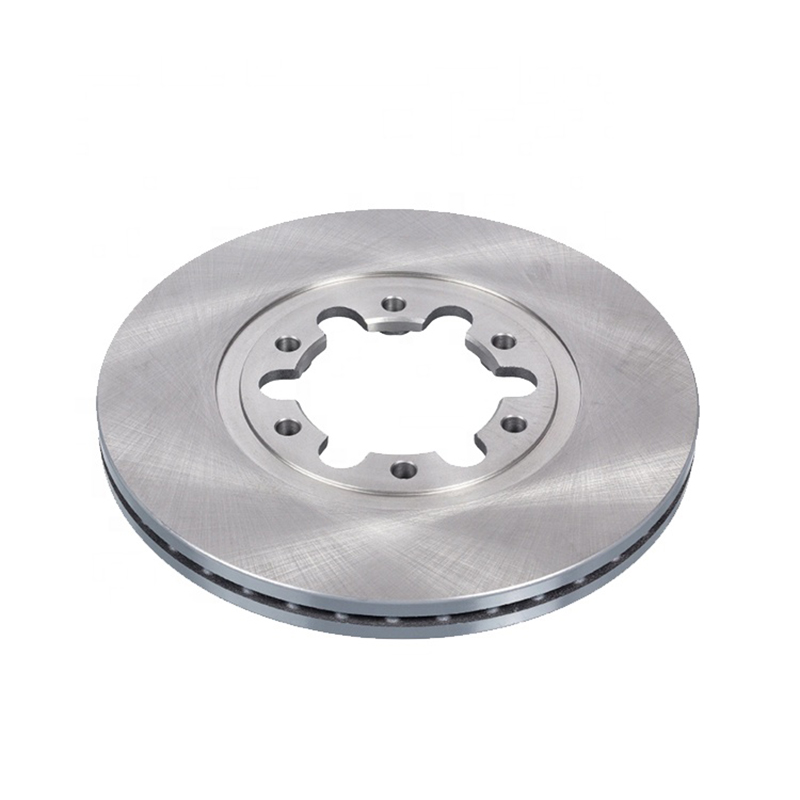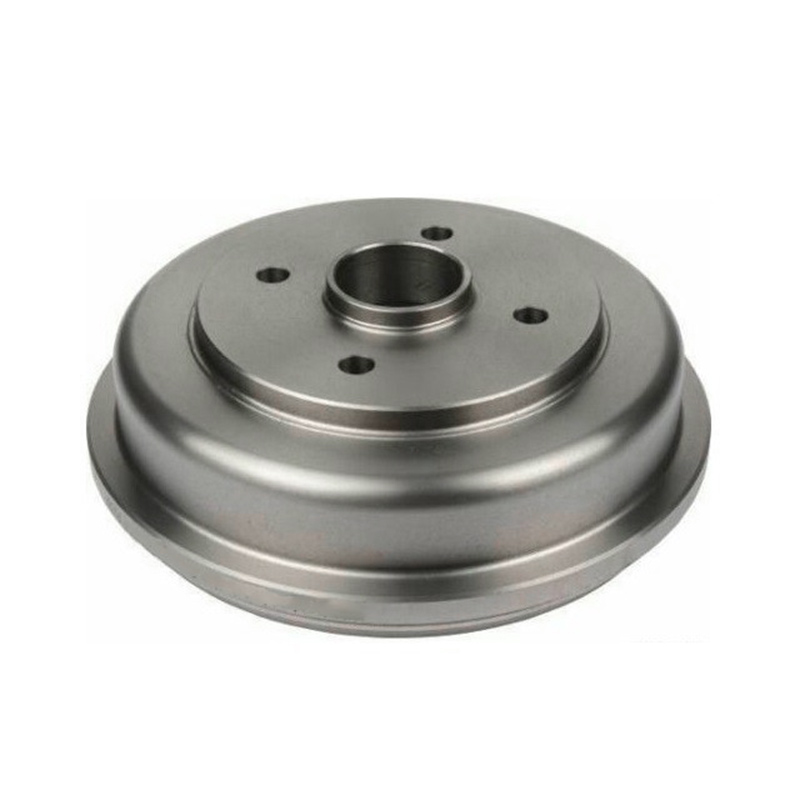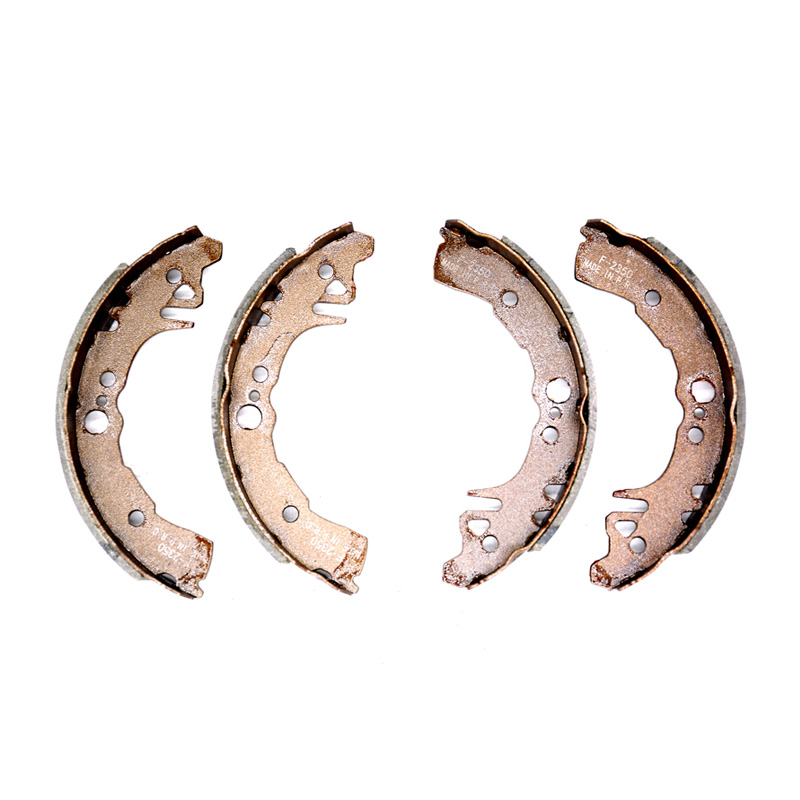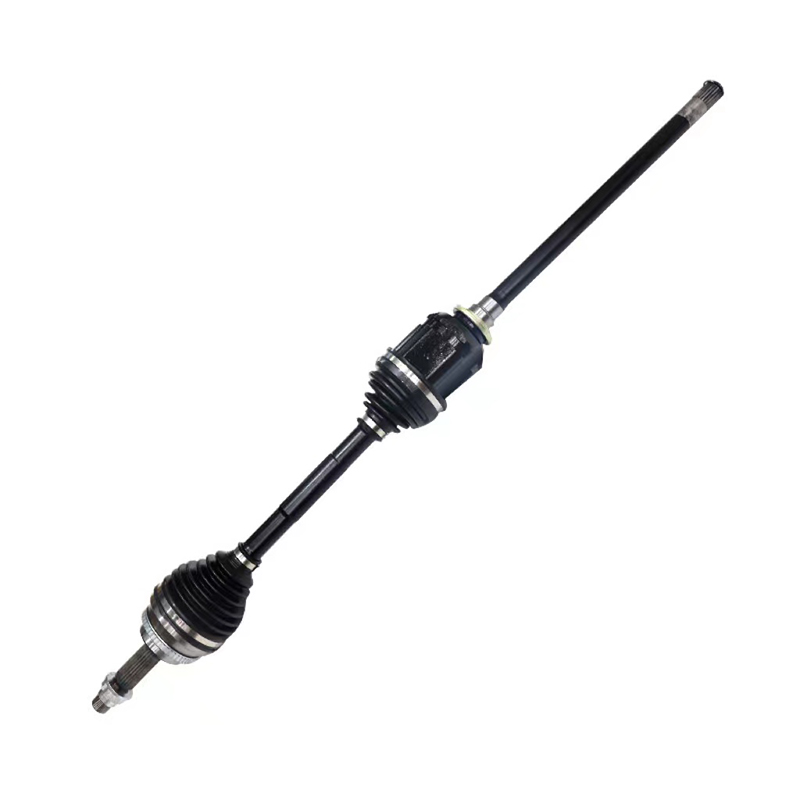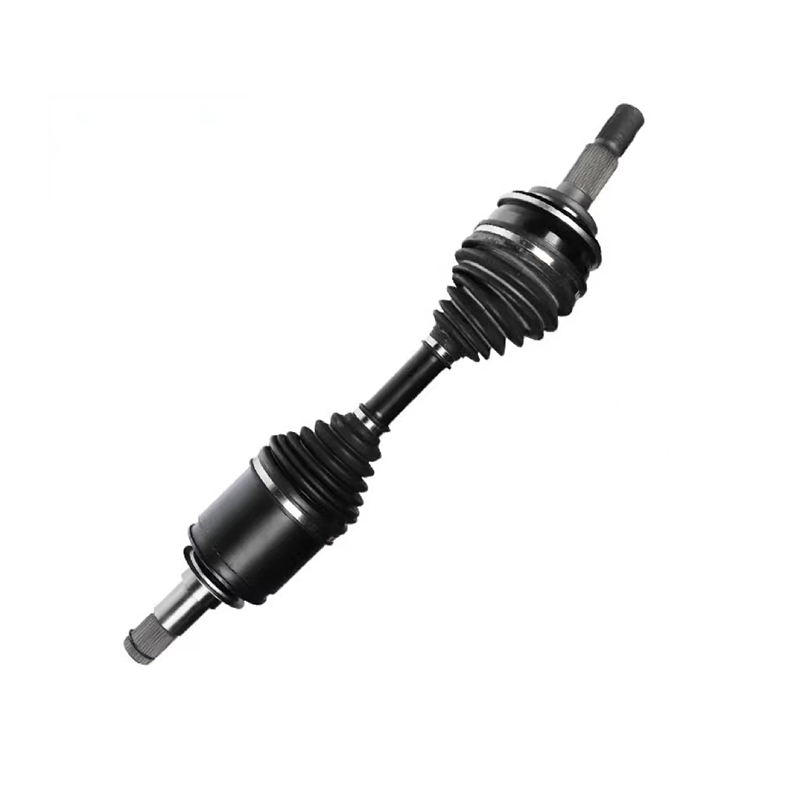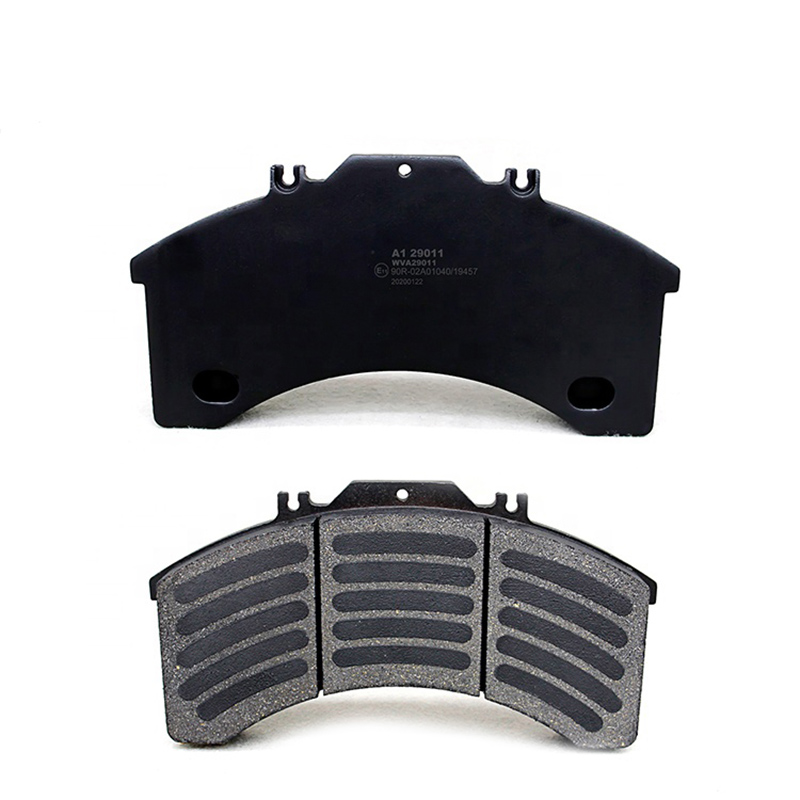Universal joints, also known as U-joints or universal couplings, are mechanical components used in
drive shafts to allow for the transmission of power between two shafts that are not in perfect alignment with each other. There are several types of universal joints commonly used in drive shafts, each with its own design and characteristics. The most common types include:
Single Cardan Joint (Cross Joint):
A single Cardan joint consists of two yokes and a cross-shaped bearing with needle bearings. The yokes are attached to the shafts to be connected.
This type of joint allows for angular misalignment between the shafts in a single plane, typically up to 30 degrees.
It is widely used in automotive drive shafts and some industrial applications.
Double Cardan Joint (Constant Velocity Joint or CV Joint):
A double Cardan joint, also known as a constant velocity (CV) joint, consists of two single Cardan joints arranged in series with a centering yoke.
Double Cardan joints are designed to eliminate the speed fluctuations and vibrations often associated with single Cardan joints at high angles.
They are commonly used in front-wheel-drive vehicles, rear-wheel-drive vehicles, and some four-wheel-drive systems.
Rzeppa Joint (Ball-and-Socket Joint):
A Rzeppa joint is a type of CV joint commonly used in front-wheel-drive vehicles.
It consists of a spherical inner race and an outer race with ball bearings. The inner race is connected to one shaft, while the outer race is connected to the other shaft.
Rzeppa joints provide smooth and constant velocity power transmission, reducing vibrations and torque fluctuations.
Thompson Coupling:
The Thompson coupling is a specialized type of universal joint designed to handle high angles of misalignment.
It uses a unique mechanism involving elliptical bearings and gear teeth to transmit power.
Thompson couplings are found in some heavy-duty and off-road applications.
Tracta Joint (Twin Cross Joint):
The Tracta joint is a variation of the single Cardan joint that uses two universal crosses connected by an intermediate shaft.
It provides flexibility for high angular misalignment and is commonly used in industrial machinery.
Ball and Trunnion Joint:
The ball and trunnion joint consists of a spherical ball and a trunnion (yoke) that allows for limited angular movement.
It is used in some vintage and older vehicles.
Bell Joint (Pin-and-Slot Joint):
The bell joint, also known as a pin-and-slot joint, uses a pin and slotted yoke design to allow for angular misalignment.
It is sometimes used in applications with limited angles of misalignment.
Hydrodynamic Joint:
Hydrodynamic joints use a fluid-filled cavity between two parts to transmit power. These joints can accommodate large angles of misalignment and are often found in industrial and marine applications.
The choice of universal joint depends on factors such as the required angle of misalignment, the application's torque and speed requirements, and the need for constant velocity power transmission. Different types of universal joints are used in various industries, including automotive, industrial, agricultural, and marine applications, to ensure smooth and efficient power transfer in drive shafts.

